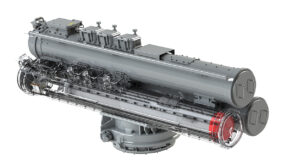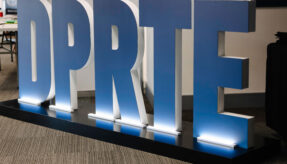
The Undersea Defence Technology (UDT) exhibition is scheduled to take place next week, featuring industry members and experts from across the military, industry and academia.
The exhibition brings together members of the underwater defence and security community to discuss cutting edge technologies and developments within one of the harshest environments known to man.
Taking place in Bremen, Germany, UDT is now in its thirtieth year. This multi faceted event reflects the continuous development in the sector in order to respond to the world’s increasing diversity of threats and challenges.
Exhibiting at UDT is Cohort Plc company, SEA. SEA is working on developing the next generation in maritime communication through wireless technology.
SEA is well placed to explore communication options for under sea operations, with unique experience as providers of the common External Communications System (cECS) across the entire UK Royal Navy submarine fleet.
Submarine communication networks have traditionally consisted of wired and fixed terminals for network access, now, advances in technology such as LTE NB-IoT, 5G NR, WiGig and Li-Fi, have opened up a wealth of opportunities.
The adoption of LTE for public safety is driving mission critical capability into commercial LTE networks, while technologies such as WiGig (802.11ad) are delivering Gigabit data rates.
SEA Senior Principal Consultant Richard Brough will host a presentation at the exhibition to explore some of the more recent advances in wireless technologies. Where he will review some of the strengths and weaknesses that are inherent in different wireless technologies and will specifically focus on facets that are of interest for high integrity communication system design.
He explained: “SEA’s vision of future communications architectures is based on a pragmatic approach that understands the many conflicting requirements and priorities inherent in submarine communications.”
“In addition, we will explore how the adoption of wireless technologies might help reduce through-life costs by simplifying the integration of newer capabilities or support the extension of legacy networks through low impact upgrades. We will also address some of the key challenges and barriers to faster adoption.”
If you would like to join our community and read more articles like this then please click here








